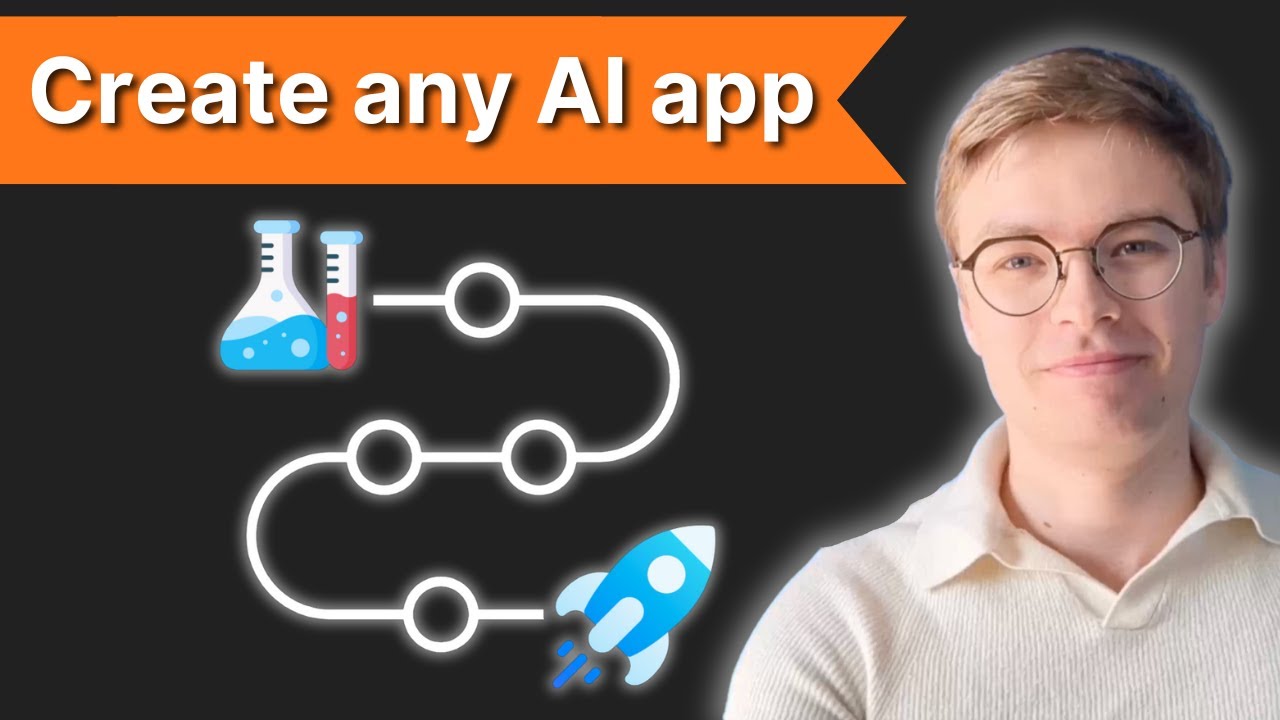The Conscious Choice Between Cloud and Local AI Models
One of the most consequential decisions you’ll make when developing AI solutions is whether to use cloud-based or locally-hosted models. This choice affects everything from development speed and costs to scalability and data privacy. Making this decision strategically rather than defaulting to what’s trendy can dramatically impact your project’s success. This architectural decision is fundamental to building production-ready AI applications that scale effectively.
Understanding the Cloud AI Advantage
Cloud AI models offer several compelling benefits that make them the default choice for many projects. Their development speed enables rapid prototyping and proof-of-concept creation—with just a few API calls, you can access state-of-the-art models without worrying about hardware requirements or setup complexity. Using cloud providers shifts the burden of model hosting, scaling, and maintenance to specialized teams, allowing you to focus on application development rather than infrastructure management.
Cloud providers like OpenAI, Anthropic, and Azure AI offer some of the most capable models available, which may outperform locally available alternatives, especially for general-purpose tasks. Enterprise offerings like Azure OpenAI provide additional governance, compliance, and security features that make them suitable for business-critical applications where these considerations are paramount.
The Case for Local AI Models
Despite the cloud advantages, locally-hosted models offer unique benefits that make them the right choice in specific scenarios. For organizations with strict data regulations or security concerns, keeping data within your infrastructure by using local models can be essential to meeting compliance requirements. Local deployment provides greater flexibility to customize the model environment, fine-tune parameters, and optimize for specific hardware configurations.
While cloud models are cost-effective for prototyping and lower-volume applications, high-volume production workloads may be more economical with local deployment despite the higher upfront costs. Local models can also operate without internet connectivity, making them suitable for edge computing scenarios or environments with limited or unreliable network access—a critical consideration for certain applications.
Making the Strategic Decision
Rather than viewing this as a binary choice, consider a framework for making this decision strategically based on your specific needs and constraints. Key evaluation criteria include data sensitivity (how confidential is the data being processed?), scale requirements (what is the expected volume of requests?), latency needs (how time-sensitive are the responses?), budget constraints (what are the upfront vs. ongoing cost considerations?), and development resources (does your team have the expertise to manage model deployment and infrastructure?).
Many successful AI implementations use hybrid approaches that leverage the strengths of both models. Some organizations use cloud models for development and testing, then move to local deployment for production. Others deploy sensitive workloads locally while using cloud models for general capabilities. Starting with cloud models to prove business value before investing in local infrastructure allows for validation before committing significant resources.
Implementation Considerations
Whichever path you choose, certain considerations remain essential for successful deployment. For cloud implementation, verify the provider’s data handling policies and compliance certifications to ensure they meet your requirements. Build with potential vendor switching in mind to avoid lock-in that could limit future flexibility. Implement proper prompt engineering to minimize token usage and costs, especially for high-volume applications. Consider enterprise offerings for business-critical applications where additional support and guarantees may be necessary.
For local implementation, ensure hardware is appropriately provisioned for model requirements, as underestimating needed resources leads to poor performance. Plan for scaling and redundancy if supporting critical workloads that cannot tolerate downtime. Develop a strategy for model updates and maintenance to keep your systems current with the latest improvements. Consider containerization for deployment consistency across environments, simplifying management and updates. These deployment considerations align with the patterns described in deploying AI models in production.
Future-Proofing Your Choice
The AI landscape continues to evolve rapidly, with today’s realities potentially changing tomorrow. Local models are becoming more efficient and requiring less computational resources, making them viable for more use cases. Cloud providers are developing more specialized offerings for different industries, potentially providing better fit for specific needs. Regulatory environments around AI usage continue to develop, potentially affecting data handling requirements.
Building flexibility into your implementation helps future-proof your approach, allowing you to adapt as technology and market conditions evolve. Designing systems with the ability to switch between deployment models or combine them as needed provides valuable optionality as your requirements change and the technology landscape develops.
Making Your Decision
The choice between cloud and local AI deployment isn’t about following trends—it’s about aligning with your specific business needs, technical requirements, and strategic goals. By carefully evaluating these factors, you can make a conscious choice that positions your AI project for success both now and as conditions evolve.
This strategic approach to infrastructure decisions represents a key differentiator between AI projects that merely demonstrate technological possibilities and those that deliver sustainable business value. Taking the time to evaluate options systematically rather than defaulting to the most obvious choice often reveals opportunities for competitive advantage through better-fitted infrastructure decisions. Understanding these trade-offs is essential for calculating accurate AI project ROI and making data-driven infrastructure investments.
To see exactly how to implement these concepts in practice, watch the full video tutorial on YouTube. The video provides an even more extensive roadmap with detailed comparisons and implementation strategies for both cloud and local AI models. I walk through each option in detail and show you the technical considerations not covered in this post. If you’re interested in learning more about AI engineering, join the AI Engineering community where we share insights, resources, and support for your journey. Turn AI from a threat into your biggest career advantage!

